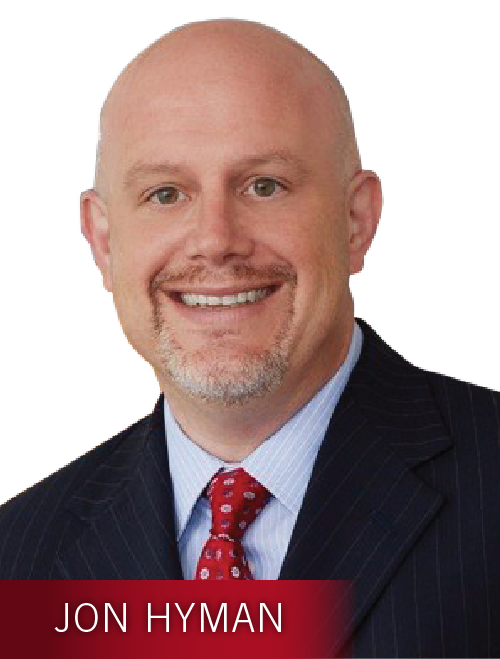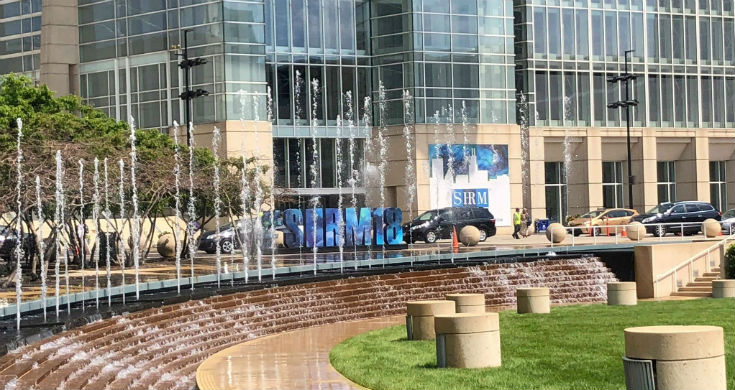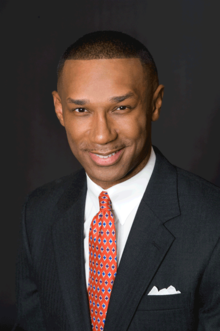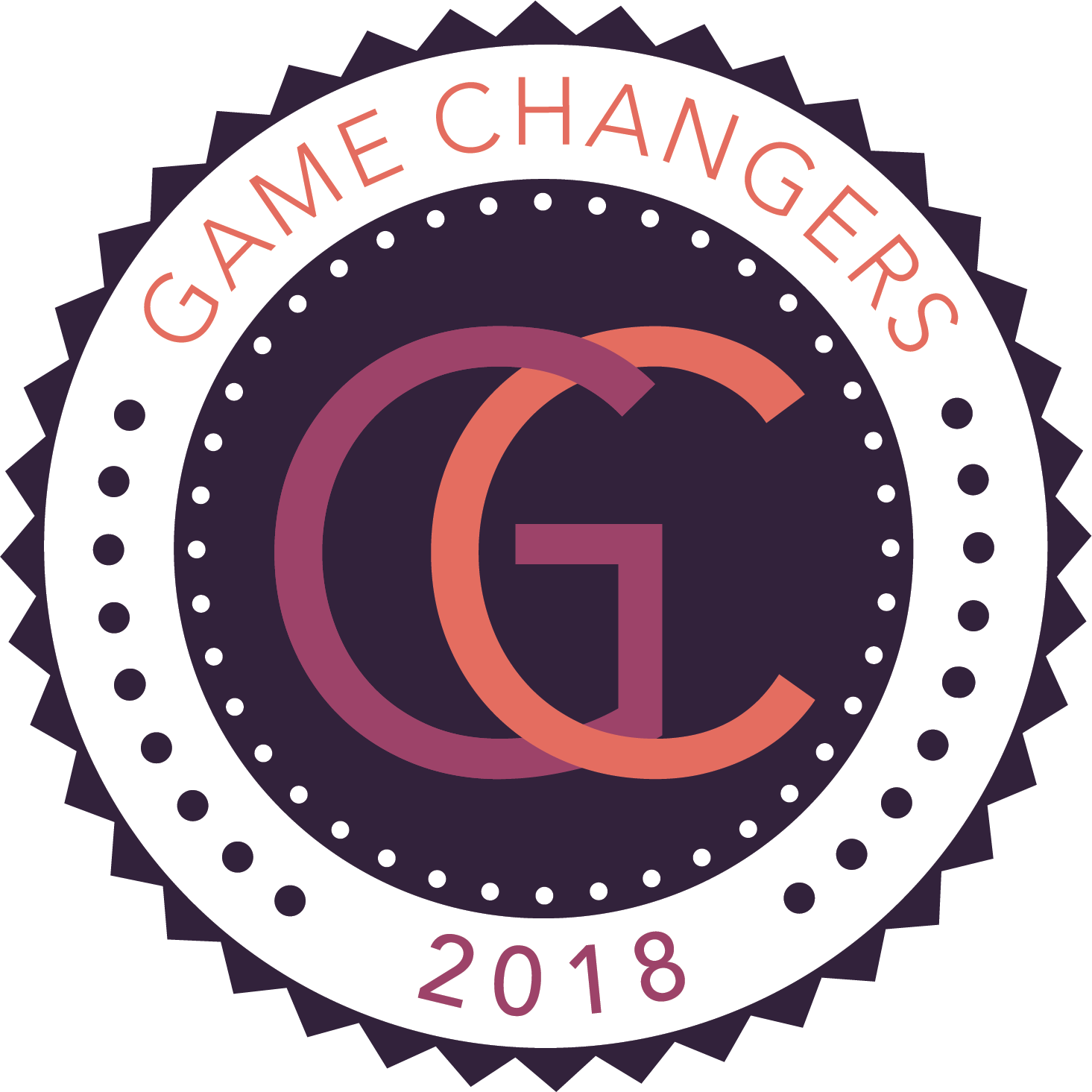In 2017, Roger Federer set an all-time record when he won his eighth Wimbledon tennis title at the age of 36. About the same time, Bob Williamson, a lifelong friend of mine, won his 10th salesman of the year award for a large medical systems company at the age of 59.
 Neither win was probable, but Federer and my friend were lauded by their competitors and supporters. Their age was once perceived as a hindrance and insurmountable obstacle to reaching the pinnacle in their respective professions. Both my friend and Federer agree that age played a role but didn’t let it define them and subsequently alter their success.
Neither win was probable, but Federer and my friend were lauded by their competitors and supporters. Their age was once perceived as a hindrance and insurmountable obstacle to reaching the pinnacle in their respective professions. Both my friend and Federer agree that age played a role but didn’t let it define them and subsequently alter their success.
One of my younger friends in his late 20s recently became the chief technology officer of a venture-backed start-up. The position was competitive and he beat out several older and much more experienced individuals to get it. This wasn’t a surprise to me, as I always knew of his superior abilities. His opinion, however, of why he got the job stunned me.
“This was actually easy,” he recalled of the hiring process. “All my competitors were too old.”
While I initially dismissed his reason as utter nonsense, he insisted it was true, that “older workers often don’t work as hard or as long as we do. They prioritize off-work obligations that detract their attention from their primary job. Also, they usually have obsolete skill sets and work styles that make them fall behind.”
I was perplexed and intrigued at how such a damaging and distorted view had come to dominate the tech industry — a view where anyone over the age of 40 was seen as frail, obsolete and left to shuffle through the wilderness with their Apple II computers duct-taped to their walkers.
So in the eyes of younger workers, and more and more commonly among the board members across the tech industry, the definition of being “too old” rests with having interests and obligations outside of work and being perceived as possessing outdated skills.
Working ‘Hard’
It’s no secret that the industry has a fetish for younger workers because of their levels of energy and willingness to pull all-nighters in order to meet deadlines. The willingness to work hard isn’t a bad thing.
But let’s be clear: There is a significant difference between working a lot and working hard and smart. Having a team that works all hours to meet deadlines is admirable but can often be a result of bad time management and result in burnout. From the outside, it looks like you have a group of hard workers but the reality is that it isn’t a sustainable way to work.
Also read: Boomer Bust: Ageism in the Workplace
Companies have known for some time that demanding too much of employees will lead to burnout. But make policies too lenient and productivity will suffer.
The result is a slew of policies, from extreme ones such as a California company that introduced a five-hour workday for all employees to the way my company Ximble and our closest partner, BambooHR, provides open-ended paid time off and a maximum eight-hour work day for all employees.
These policies are not simply altruistic. They indeed provide a well thought-out ROI as they contribute to the employee’s satisfaction, productivity and retention.
This trend perfectly fits the needs and priorities of older workers seeking a more accommodating working environment that allows not just a better work-life balance but a better work-life integration.
This is especially true in the tech industry, which can be highly flexible and more suitable for working habits of older workers who value spending time with their families and focusing on other life interests without allowing their work to suffer. Smart CEOs should look to create a culture and an environment fostering flexible work schedules leading to a perfect balance of performance and enjoyment.
Obsolete Skill Sets
Is using a personal AOL email address or a desktop Outlook app for email correspondence a sign of an outdated tech skill? Or is it the fact that some of us do not buy into a notion that Slack is a panacea to human productivity?
There is no doubt that technology changes rapidly and that innovation leads to availability of new tools designed to improve efficiency, accuracy and quality of products and services we sell. At the same time, very few technology innovations managed to replace time-tested rules of business engagement.
People still buy from people, and teamwork tops individual effort. Just because an older worker may not be as skilled or as fast as a coder using a new front-end language or who’s used to new Java tools, they still can offer ongoing value to their organizations through their set of professional and personal experiences, including their successes and failures.
As Cicero put it in ageless perspective: “Historia magistra vitae est” — history is the teacher of the life.
Corporations learn from historical perspectives how to avoid errors and decrease the time necessary to create successful new outcomes. Only employees who have lived through those times may be able to impact both.
By 2020, it’s expected that in the United States there will be a shortage of 1.5 million qualified workers with as many as 6 million unqualified workers available. So why does the tech industry seem so adamant in shooting itself in the foot by holding such narrow views of a cohort that holds so much untapped potential?
Also read: As Our Workforce Ages, Age Discrimination Will Only Worsen
Tie that to the fact that the future workforce will be much older. Roy Bahat, head of Bloomberg Beta and co-chair of Shift: The Commission on Work, Workers and Technology, told the attendees at the Milken Institute’s Global Conference, “As much as we like to talk about millennials, the future of work is much older.” By 2024, his Shift commission report notes, “nearly one-quarter of the workforce is projected to be 55 or older.”
People are healthier than ever and living decades after the traditional retirement age. Living longer develops a changing set of needs resulting in traditional retirement becoming obsolete.
Shifting aspirations for retirement, people’s desire for purpose and want for ongoing application of their talents is and will continue to disrupt previous retirement norms. With a deficit of talent, surely it would make sense to open our eyes and make use of the vast pool of talent that’s being neglected.
While meeting with my salesman friend Bob to congratulate him on his achievements, I brought this up with him.
His outlook was, “When individuals pass 50, they generally shift their gaze into being productive in areas that have meaning to them and start to think about how they will be remembered. They start looking at fulfillment as a primary objective over pay.” He added, “While it’s true I was hired and trained in a new role, it’s also true that very few companies are presenting those opportunities to our age group.”
With a “generative urge,” it appears that an increasing amount of individuals are willing to contribute to the nonprofit sector. The Milken Institute noted that 16,000 experienced, savvy, corporate professionals have each brought a powerful inventory of talent, knowledge and human skills to a new environment as encore fellows.
The reason, we concluded, was twofold. The first is as a status symbol, displaying themselves as a high-performing and valued member of society to help keep their worth to prospective employees up while also being involved in something they feel worthwhile about. These altruistic efforts will be looked on with envy, even more than net worth.
The second is a way for them to place themselves in an unfamiliar environment where they can build and expand upon their own skill sets, in particular, leadership skills — a form of anticipatory careering to develop the skills they need for career progression.
The aging megatrend will test the leadership of all CEOs in the tech industry. Where success is concerned CEOs will need to push for a strong shift in hiring practices and perceptions within their workforces.
Employees across the board will need to realize and come to terms with how valuable older workers are to the sector, not just in their experience and ability but in the nonquantifiable benefits they bring, too. Such as emotional stability, complex problem solving skills, nuanced thinking, high emotional intelligence and institutional know-how, not the typical skills a youthful cohort tends to carry.
Rebecca Knight writes in her article, “Managing People From 5 Generations” in the Harvard Business Review that “studies have shown that co-workers learn more from each other than they do from formal training, making it important for organizations to establish a culture of coaching across age groups.”
So much for the “won’t fit into our company culture” argument.
We can expect to see over-50s having more control over when and how they will work. A growing number of older Americans will begin working in the gig economy. Working freelance, with short-term contracts or with pick-up jobs, the older worker will represent a vast majority of the growth of alternate work and contracting projects due to the flexibility.
For a company to retain and make use of these valuable skills, they will need to find ways to attract and retain employees by bringing renewed interest and meaning to their roles.
Providing a lack of opportunities or training for new skills only acts as a disincentive.
This brings us back to what was mentioned previously. Older workers are looking for fulfillment. Accommodating a flexible work pattern or schedule allows time for skills development and a better balance of work-life assisting in the retention of employees and skills.
Transitional arrangements for those who want to enter retirement will enable the opportunity to transfer skills to younger workers, offsetting the deficit of talent as baby boomers enter retirement.
The benefits of retention will flow in all directions. Younger workers will be able to obtain institutional knowledge and wisdom through job shadowing and mentorship, leading to long-term stability and protection of the businesses interests.
Incorporating a longevity strategy will develop a competitive edge in the tech industry, where many are willing to discard valuable talent based on age.
Develop and implement best employment policies and practices to cater to the needs of the increased longevity of the workforce.
These benefits should meet the needs of the employee but also capitalize on the experience and talents of the older workers while adding value to the workforce through intergenerational collaboration.
Provide training and awareness to colleagues across the board, educating them in the changing demographics of the workforce and shifting preconceived conceptions of the older workers to stamp out ageism and maximize collaboration.
While the current situation may seem unfavorable for many older workers, smart employees will continue to develop their skills while wise CEOs will be hiring older workers for their untapped potential.
Over a short period of time the industry’s focus will shift to this cohort and the most successful companies will identify how to create a workplace that understands how to manage a diverse age group appropriately and beneficially toward their long-term strategies.
A company that can accommodate diversity and recognize their employees’ needs will always produce results far ahead of their competition. It will be interesting to see how perceptions shift as diversely aged workers pave a way for innovation through collaborative views and approaches to challenges.
















